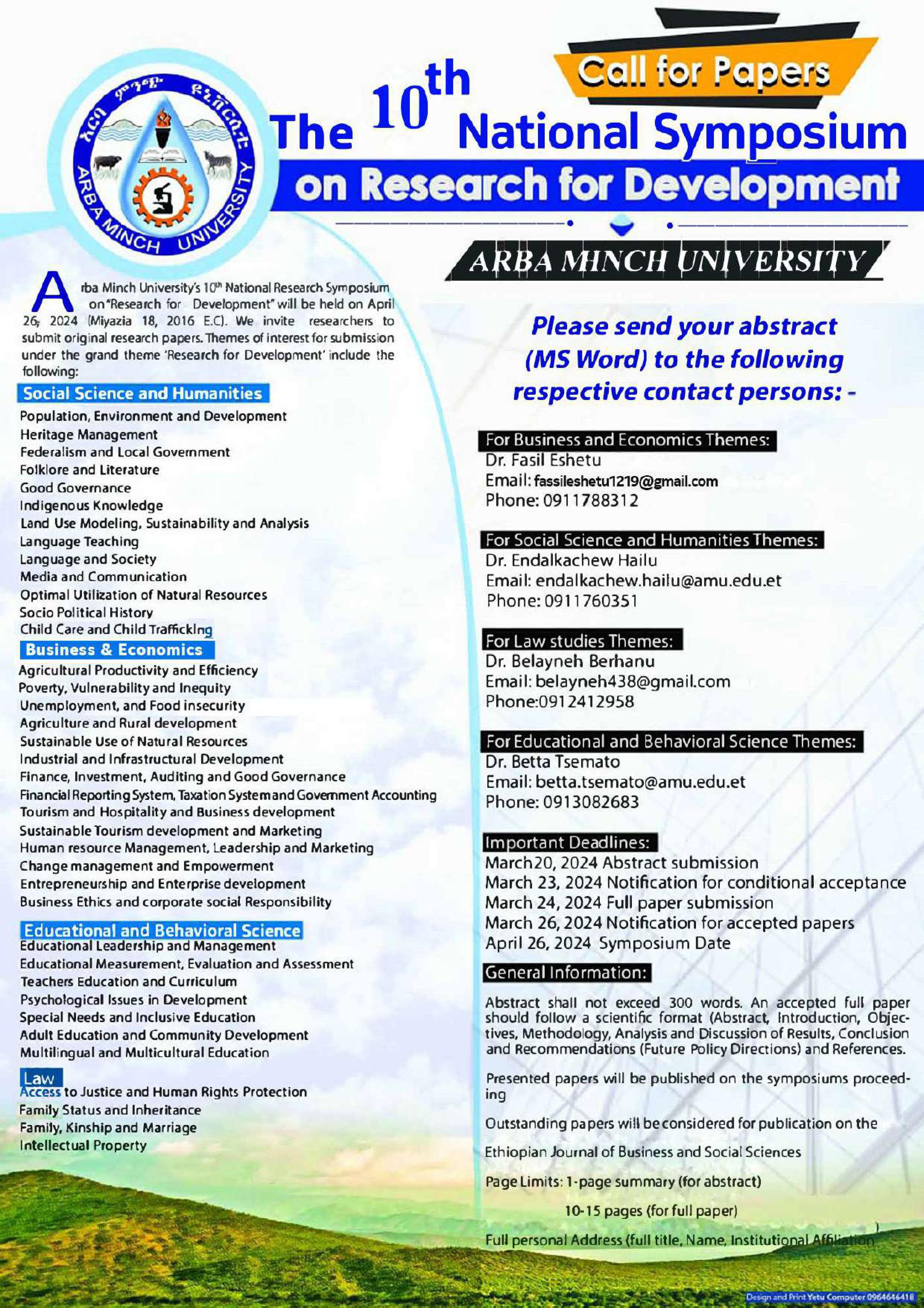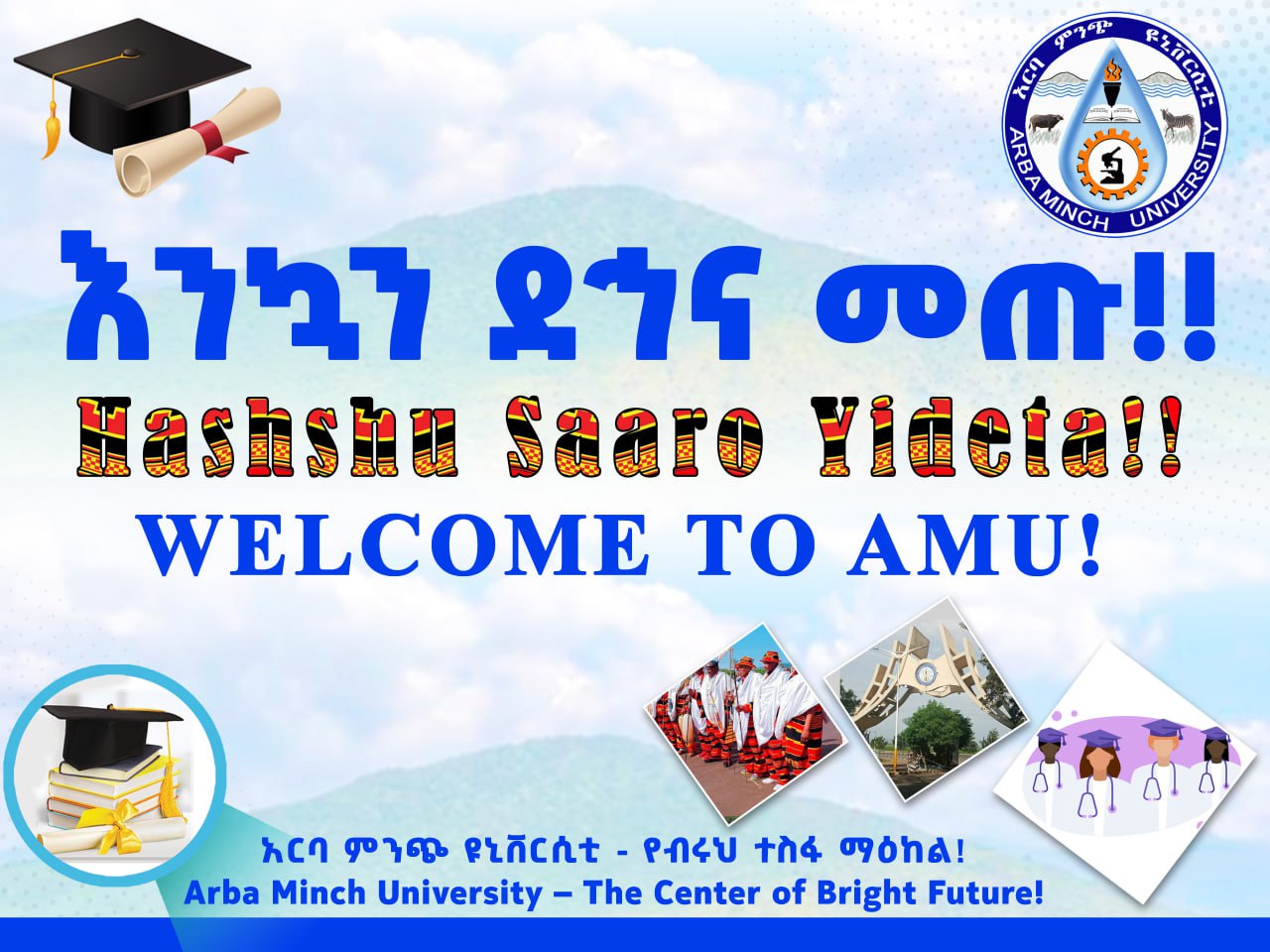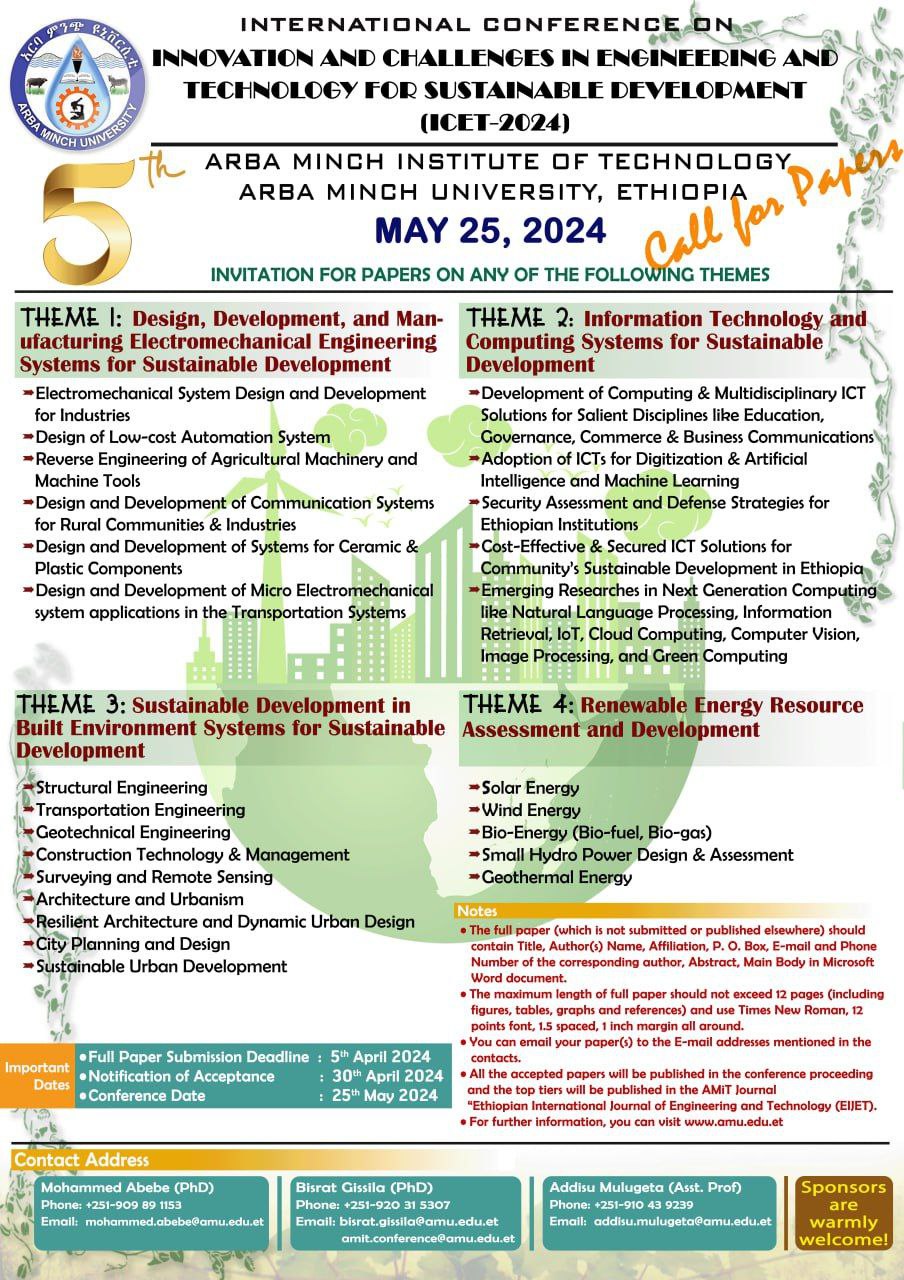AMU is bracing up for unique project that in all probability will be a bellwether in restoring Ethiopia’s entire Forest Landscape as Lake Chamo’s deteriorating agro-ecology and its watershed is all set to get total overhaul. International Union for Conservation of Nature influenced by in-depth research outcomes of Dr Fasil Eshetu, GIZ and other stakeholders are on the same page in launching a yearlong project called - ‘Lake Chamo Basin Landscape Restoration Opportunity Assessment with ROAM,’ said Dr Fasil Eshetu. Click here to see the pictures
During inception workshop, Dr Fasil Eshetu unraveling the dismal littoral scenario, said, in 2007 due to increasing toxicity fishes and zebras were found dead and its annual fish yield declined. From 1998-2015, in the span of 17 years, 53% of wetland and 51% of vegetation and forest got vanished; and in the last 32 years, 155 hectares of permanent water bodies of Lake Chamo and its wetland converted into farmland in the development of river delta and during this period Sile-Elgo basin encroached about 811 hectares of permanent lake water and its wetland.
Sile-Elgo watershed pushing 61% of sediment into Chamo displacing equal amount of water, thus in all probability if corrective measures aren’t taken, it will become a history.
The transparency level in both lakes has irretrievably deteriorated; in 1984, Chamo had 1.15 meter transparency level that has plummeted down to 34-to-40 centimeter. In 1985, Abaya had 19 centimeter of transparency level is now down to 11 centimeter with complete loss of food chain.
In his recommendation, Dr Fasil underscored the need of a full-roof management and conservation plan to save lake from encroachment from illegal farming and overfishing; restoring tree cover density of its catchments especially along highly degraded Sile-Elgo and Kulfo watersheds is imperative. Ongoing deforestation must be stopped and planning and implementation of forest landscape restoration in the entire Chamo catchment should be a priority.
On IUCN’s jumping on this bandwagon, he said, during Africa Forest Restoration 100 in Kenya, he spoke on deteriorating Chamo scenario, which got the attention of both IUCN and GIZ; so they agreed and came to train people in Restoration Opportunity Assessment Methodology (ROAM) in Arba Minch.
The aforesaid, project will begin with yearlong assessment, wherein IUCN will be part of it right from the beginning; we will develop and design implementation strategy, which will be validated by all stakeholders; then global institutions such as IMF, WB, UNDP, etc. will show their interest in our project, he added.
Next month assessment will begin, the missing data, especially socio-economic data will be collected, as of now we have collected data from only Elgo watershed, now data from Sile, Kulfo, Wezeka, Amaro and Doyese watersheds will be collected, ecosystem service will be looked into and other options, he adds.
In socio-economic aspect, we will look for alternative livelihood options for people, they will be trained to use their limited farmland intensively to get high yield; women will be inseparable part of this endeavor as they play significant role in restoration of forest landscape, he quipped.
He further adds, AMU is the key player for we have data, Forest Climate Change Ministry, Environment and Forest Research Institute and all stakeholders will be also involved. During assessment period there is no budget and IUCN clearly states that during initial period stakeholders must spent money. However, during assessment, they will do on-ground and online training, distribute communication materials etc.
It will be a sort of pilot project that will pave the way for humongous task of restoring degraded and devastated forest landscape across Ethiopia. Once assessment done, IUCN will push for implementation of the project and hope many reputable funders will probably be on the board.
After assessment, there is barometer followed by benchmark; then application and implementation will start, key components such as carbon-fixing and related things will be registered globally that will put Chamo Lake on the global map and scanner, as Ethiopia has pledged 15 Million land restoration under Bonn Challenge, this task will be the beginning of greater and much sought-after campaign.
At the conclusion, Dr Fasil exhorting gathering at inception workshop said that it takes 200-400 years to form 1 cm of soil; in wet tropical areas soil formation is faster as it takes 200 years. In order to accumulate enough substances to make a soil fertile, it takes 3000 years!!
(Corporate Communication Directorate)





